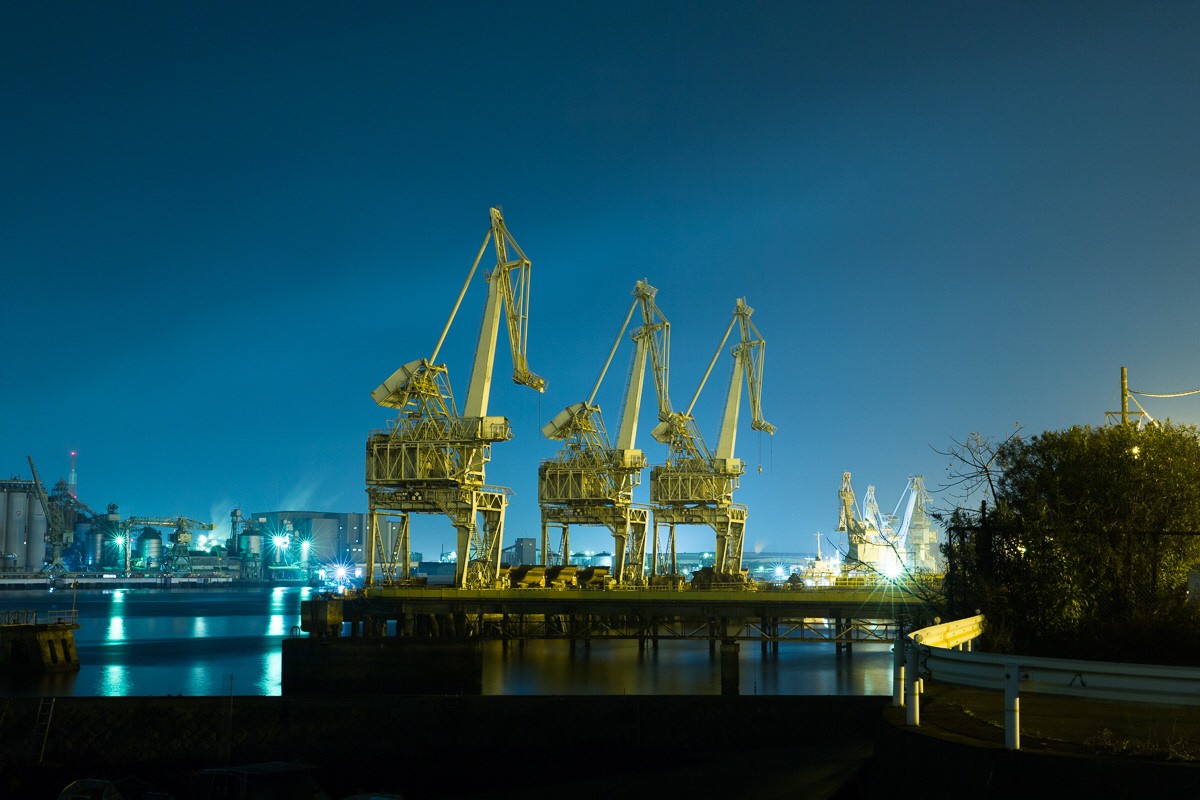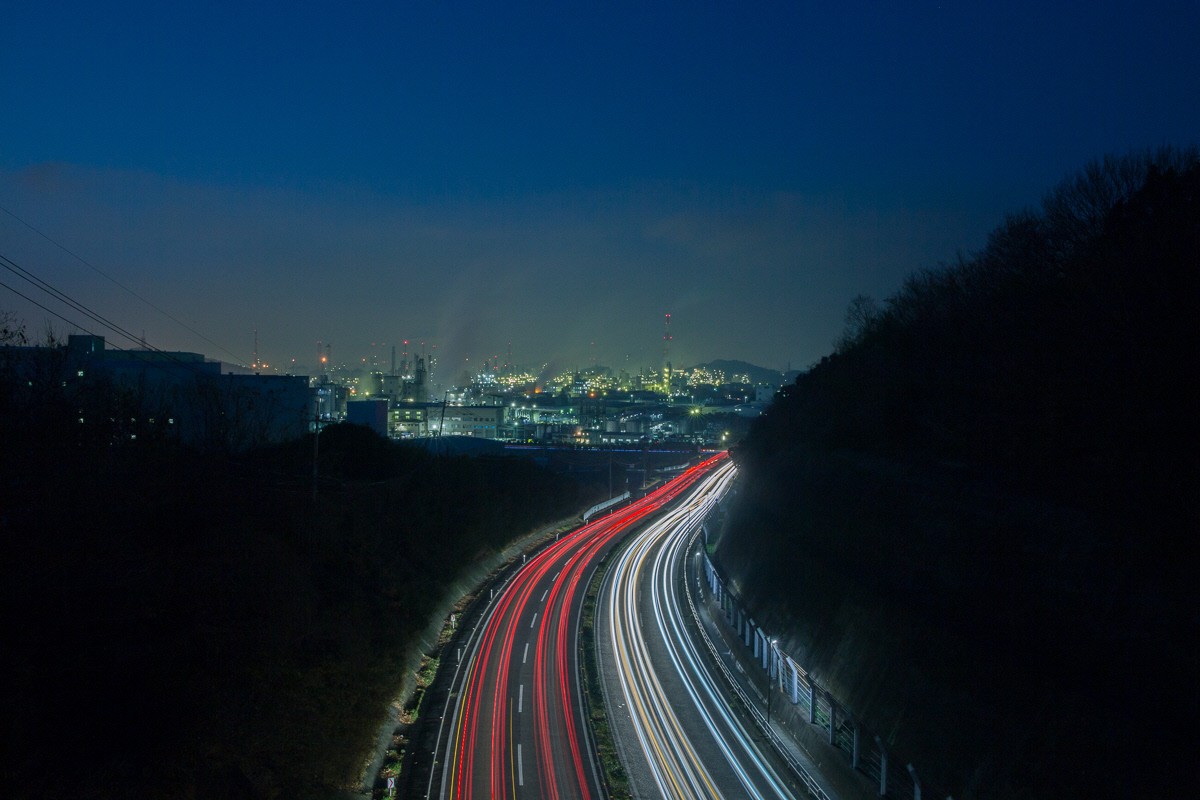Kurashiki is a city facing the Seto Inland Sea with a population of 480,000.
The city has developed as a merchant town in the Edo Period, a textile industry town in the Meiji Era, and an industrial city and a cultural industry city in recent years.
Blessed with the mild climate of Setouchi and the rich land brought by the Takahashi River, agriculture and fishing are prospering there.
Kurashiki has a different atmosphere depending on the area. Those are the “Kurashiki Area:” having Bikan Historical Quarter with beautiful white-walled buildings and willow trees, the “Mizushima Area:” one of Japan’s leading industrial regions, the “Kojima Area:” the beautiful scenery of the inland sea of Setonaikai National Park spreading, the “Tamashima Area:” retaining the nostalgic townscape that prospered as a port town, the “Funao Area:” major production area of muscat and sweet pea, and the “Mabi Area:” quiet and beautiful bamboo grove town, etc.
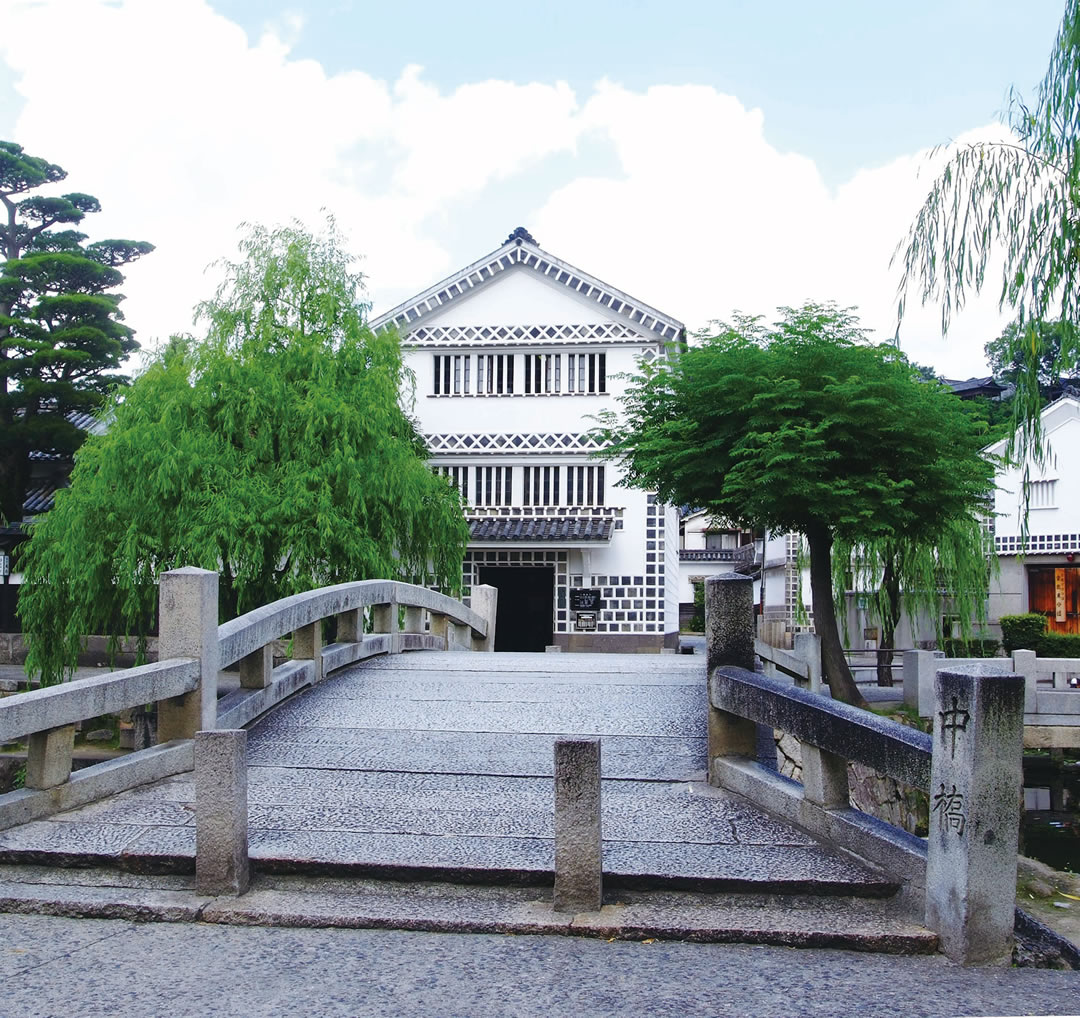
Kurashiki used to be ”Tenryo,” territory under the direct control of the Edo Shogunate and was a very prosperous town as a place of a collection center of produce.
The charming town with various faces: White-walled warehouses, the atmosphere of Edo, willow trees along the Kurashiki River, etc., where you can discover new things no matter how many times you visit. That is Kurashiki.
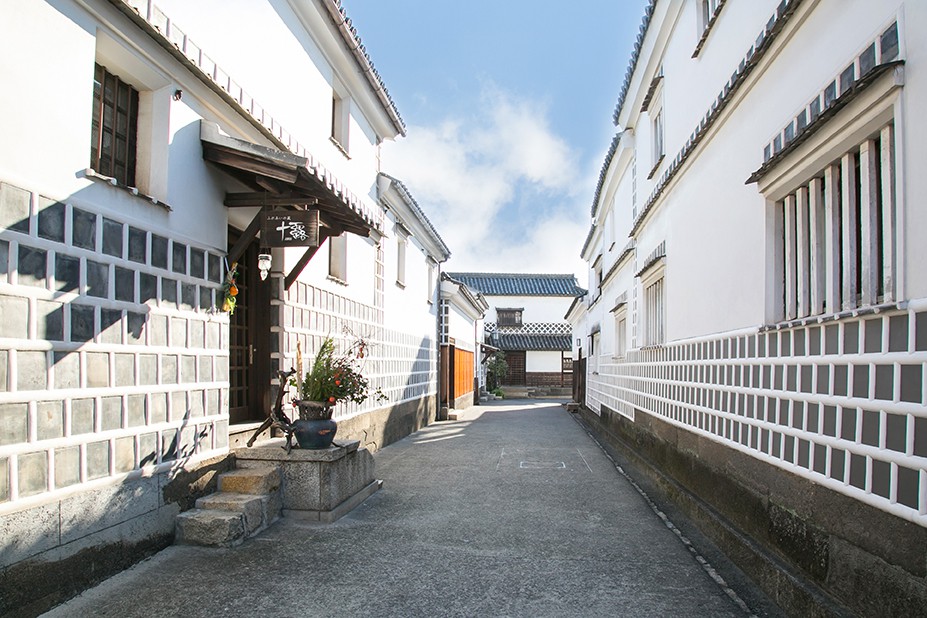
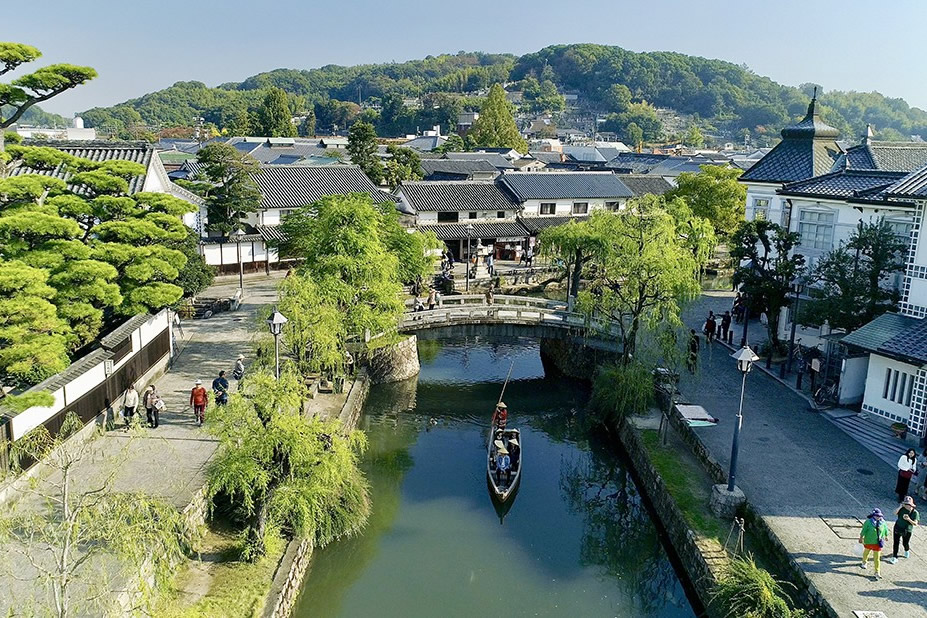
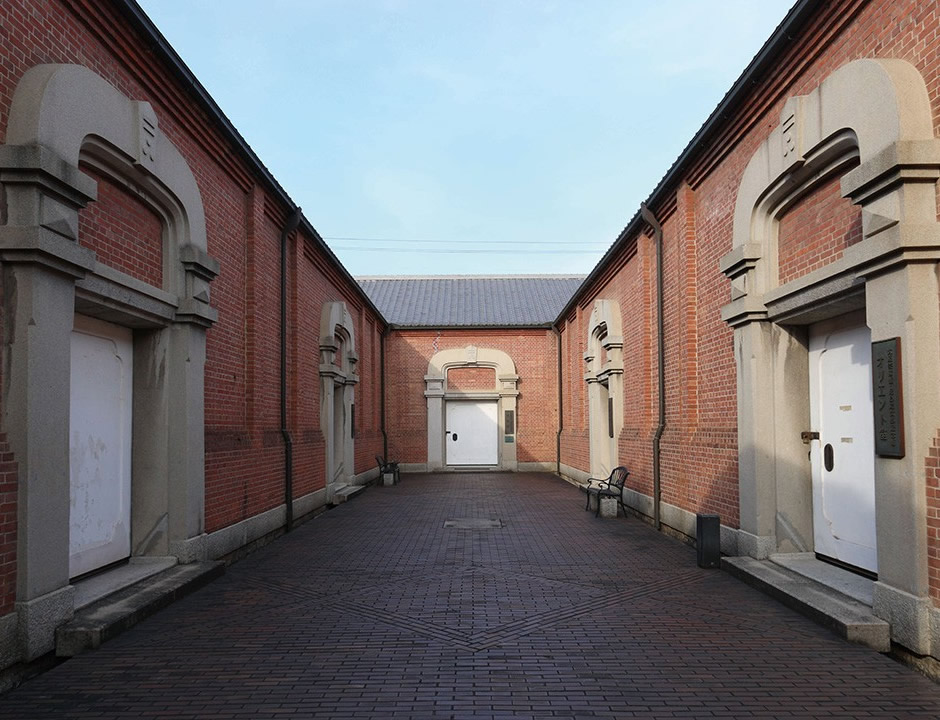
Kurashiki, famous for traditional white-walled buildings and culture, has adapted to the times and developed.
The city is home to culture and art, including “Kurashiki Ivy Square,” a compound tourist facility using the former site of Kurashiki Spinning Works, the “Ohara Museum of Art,” the first private museum featuring Western art in Japan, etc.
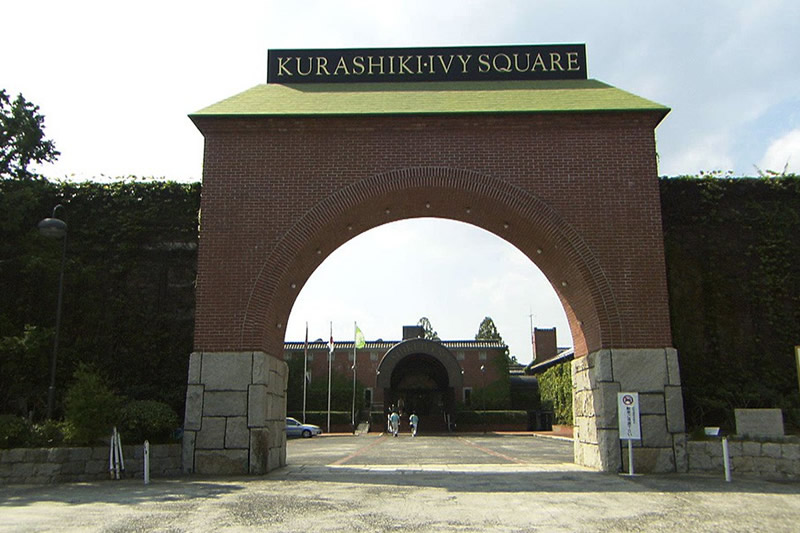
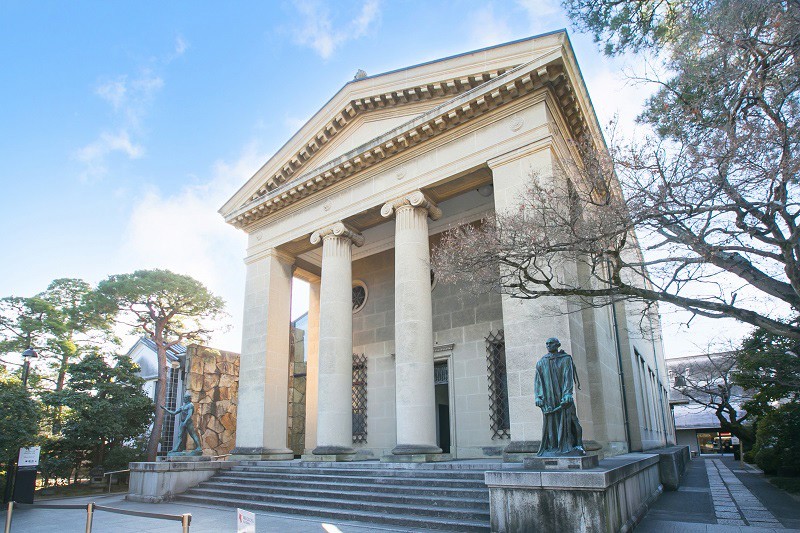
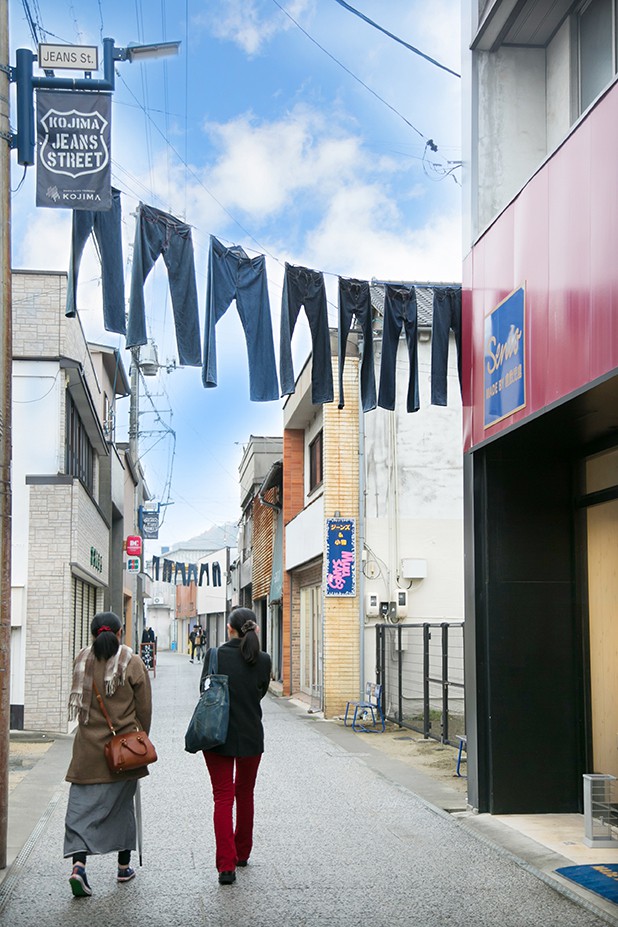
Jeans, born in the United States, were produced in Kojima for the first time in Japan.
In Kojima, a reclaimed land, cultivation of cotton was actively carried out.
Using its cotton, Kojima has been developing as a textile town with weaving and sewing techniques as the industrial base.
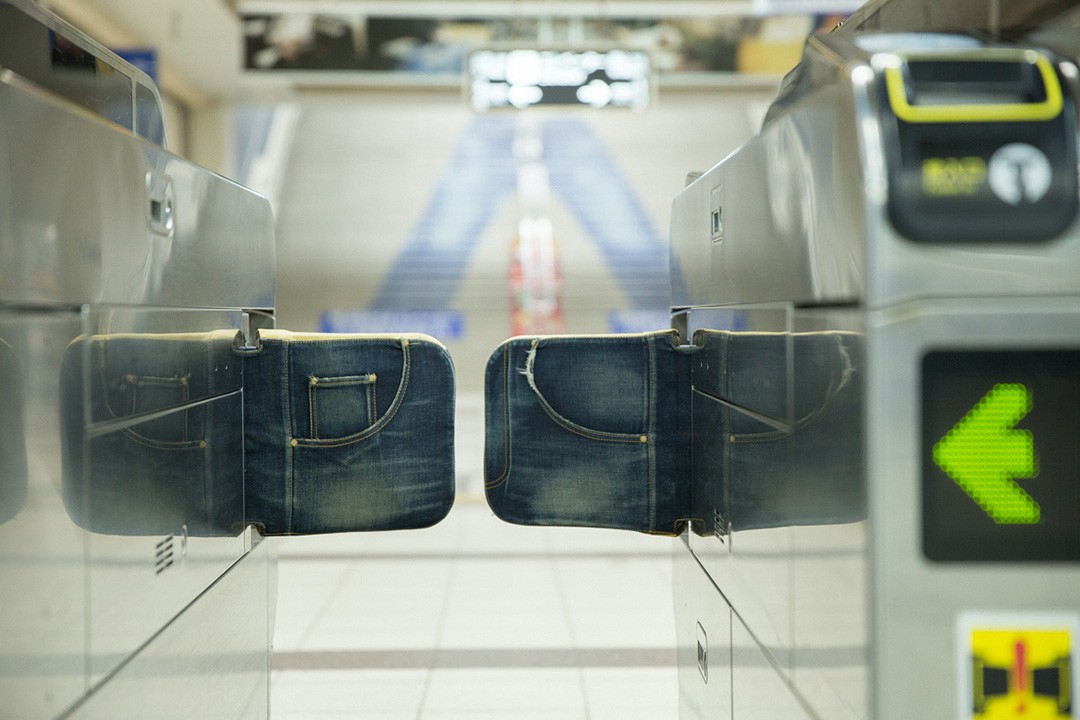
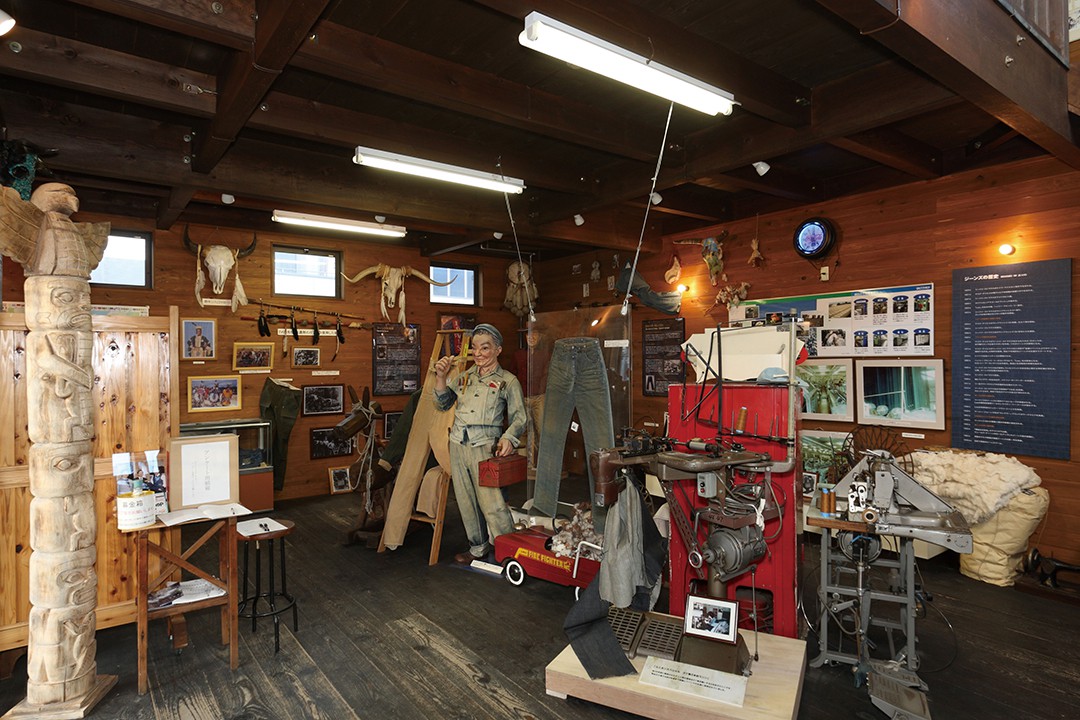
Kurashiki, used to be a center of transportation of goods as a Tenryo territory, has many excellent products that make the best use of the rich resources.
Kurashiki’s specialties, nurtured and protected by the people who live there, are all full of distinctive charm and warmth, continue to be loved by many people.
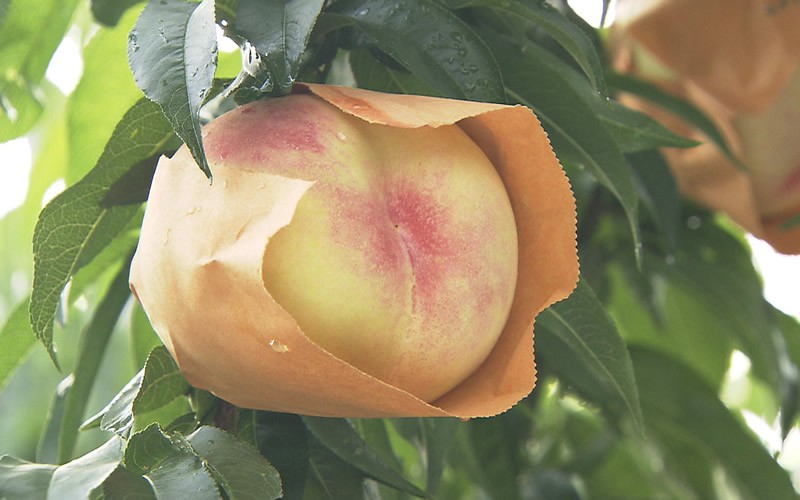
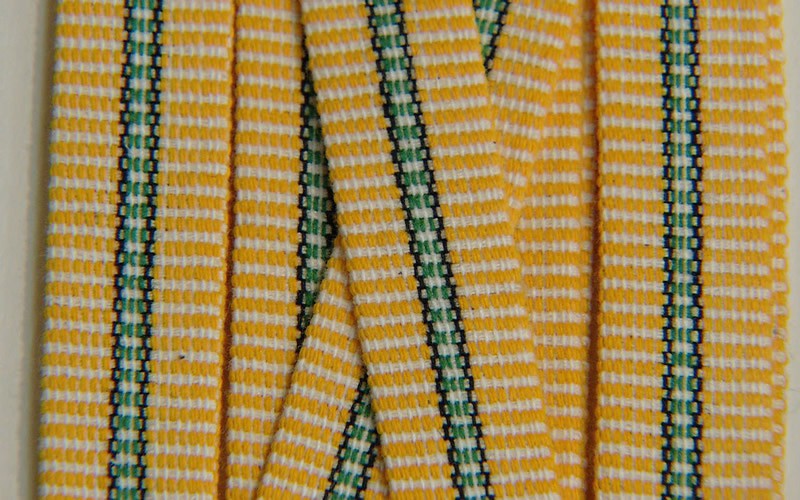
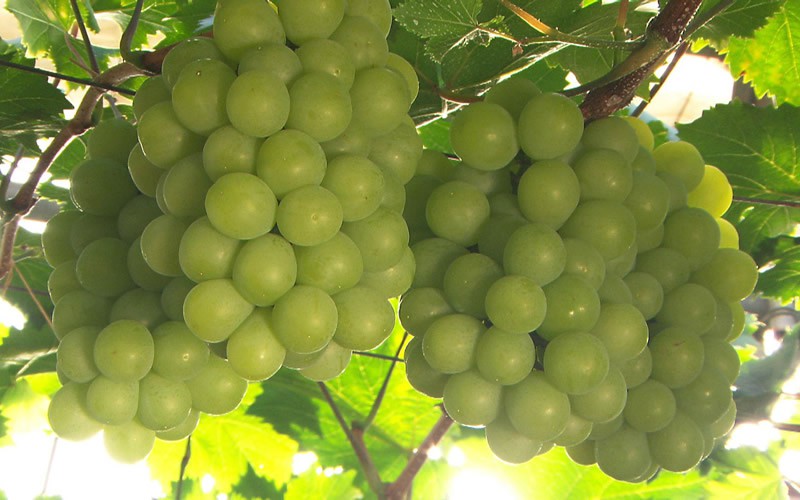
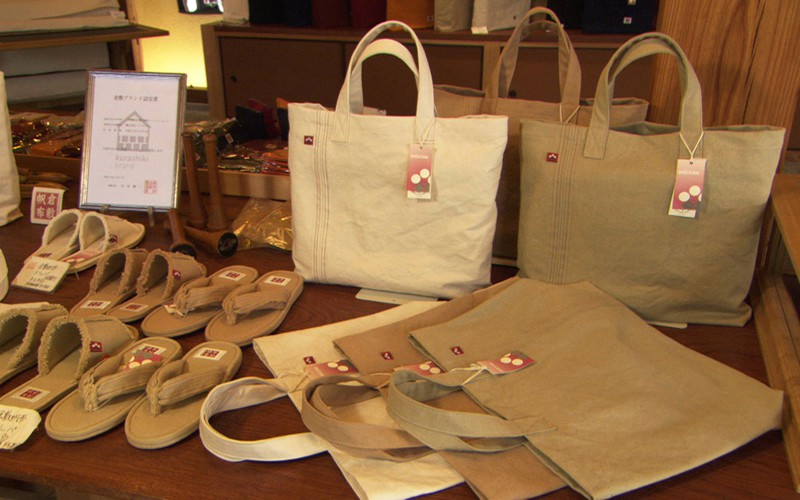
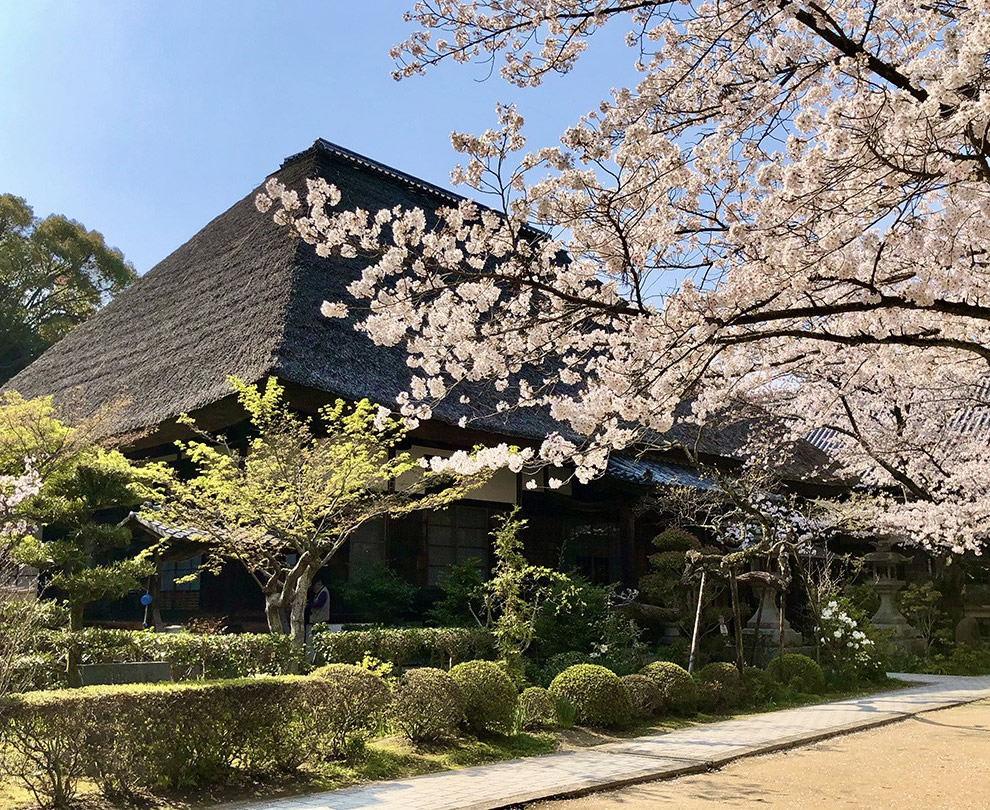
It’s my first time here, but I miss it – When you walk around Tamashima, you may feel that kind of feeling.
From the Edo-period townscape spreading around the port, one step forward into the alleys, you may feel traveling back in time to the Showa Era.
Tamashima is a lyrical town that can evoke such distant memories.
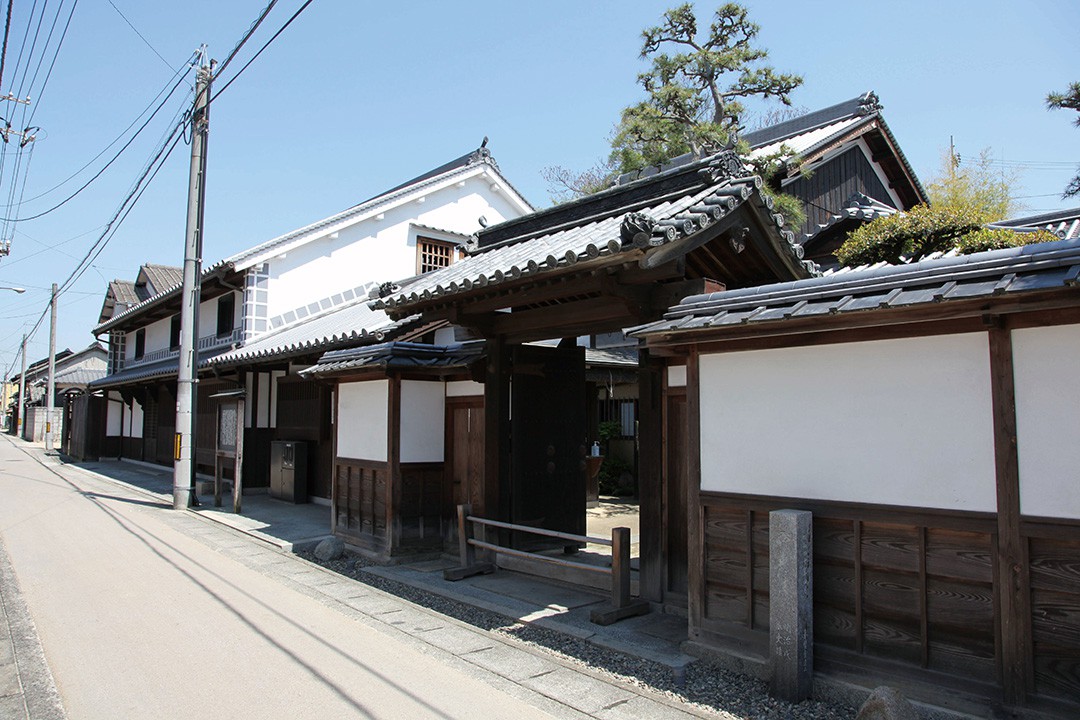
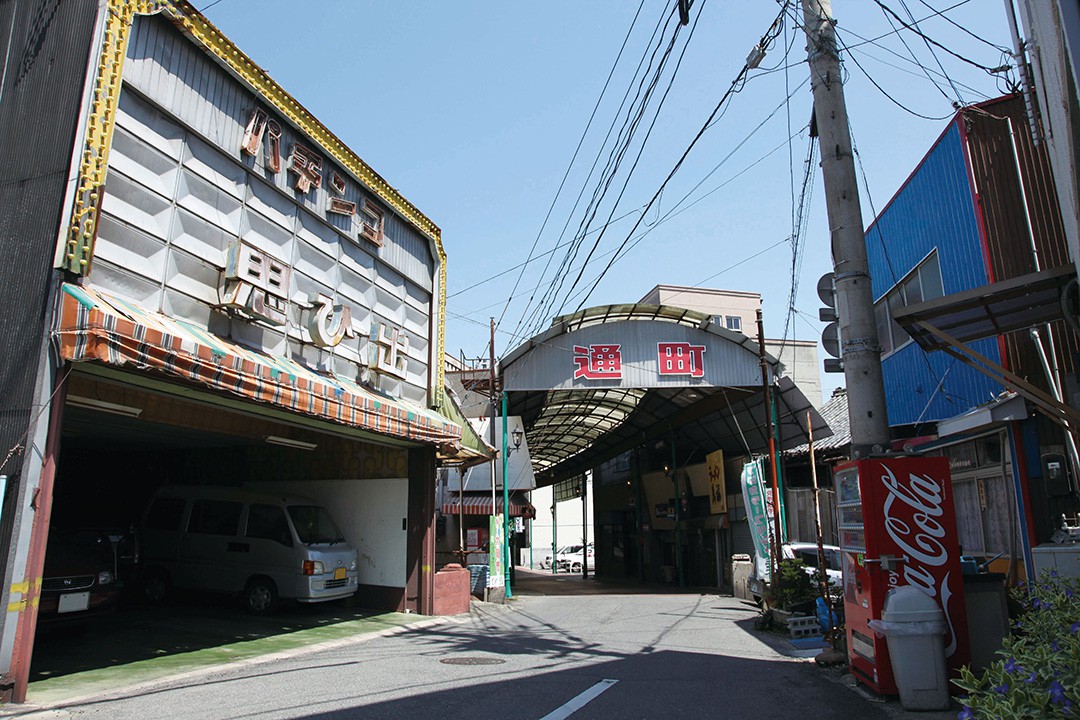
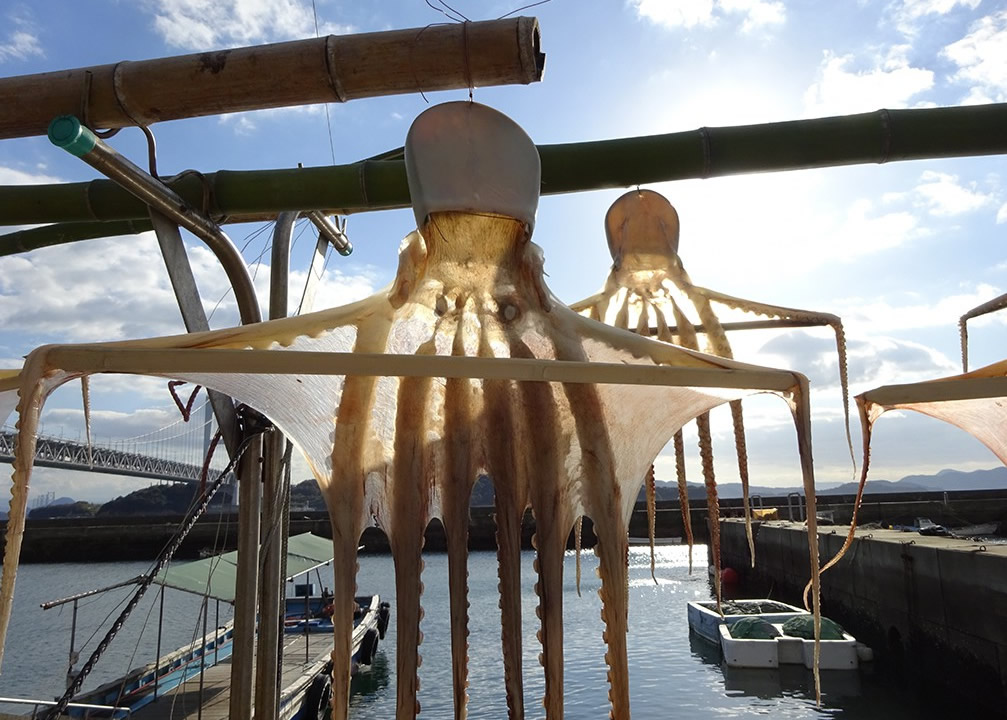
Facing the Seto Inland Sea, Shimotsui has a long history with the calm waters of Setouchi.
A panoramic view of the Seto Inland Sea can be seen from Mt. Washuzan.
Its machinami – a historical town with a row of traditional houses – leading from Shimotsui Port, is also famous as a machinami preservation district.
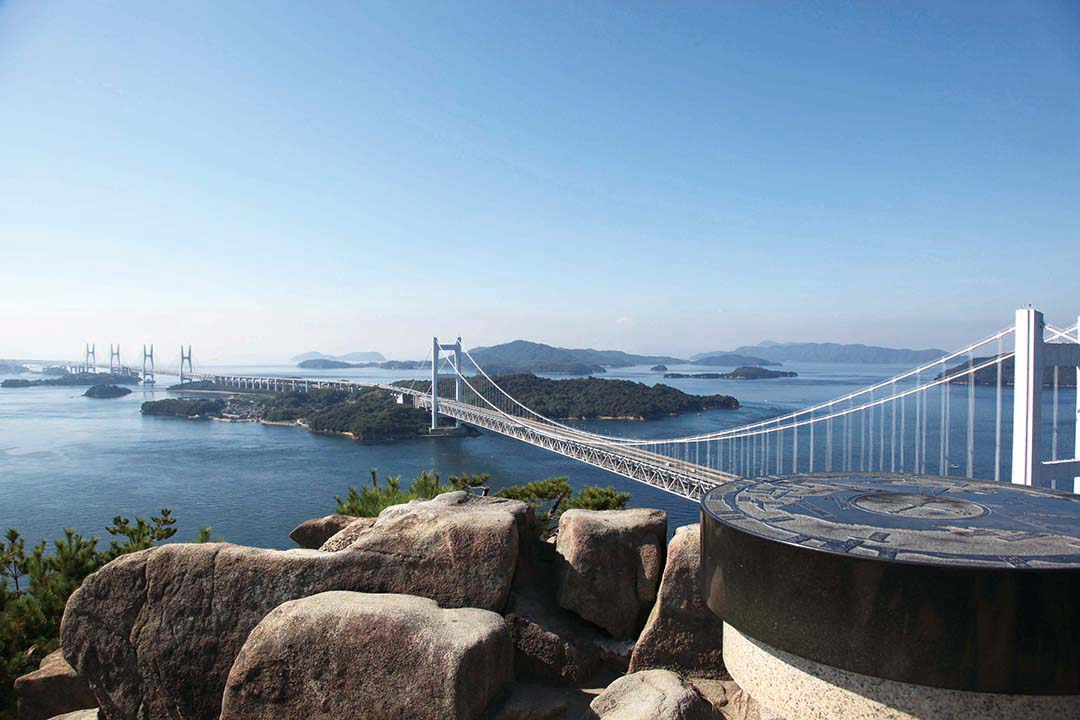
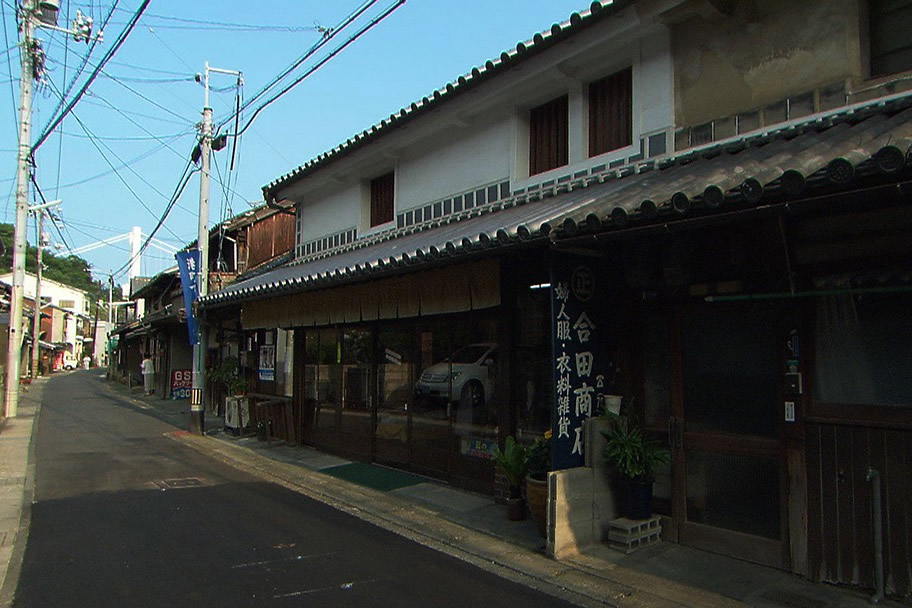
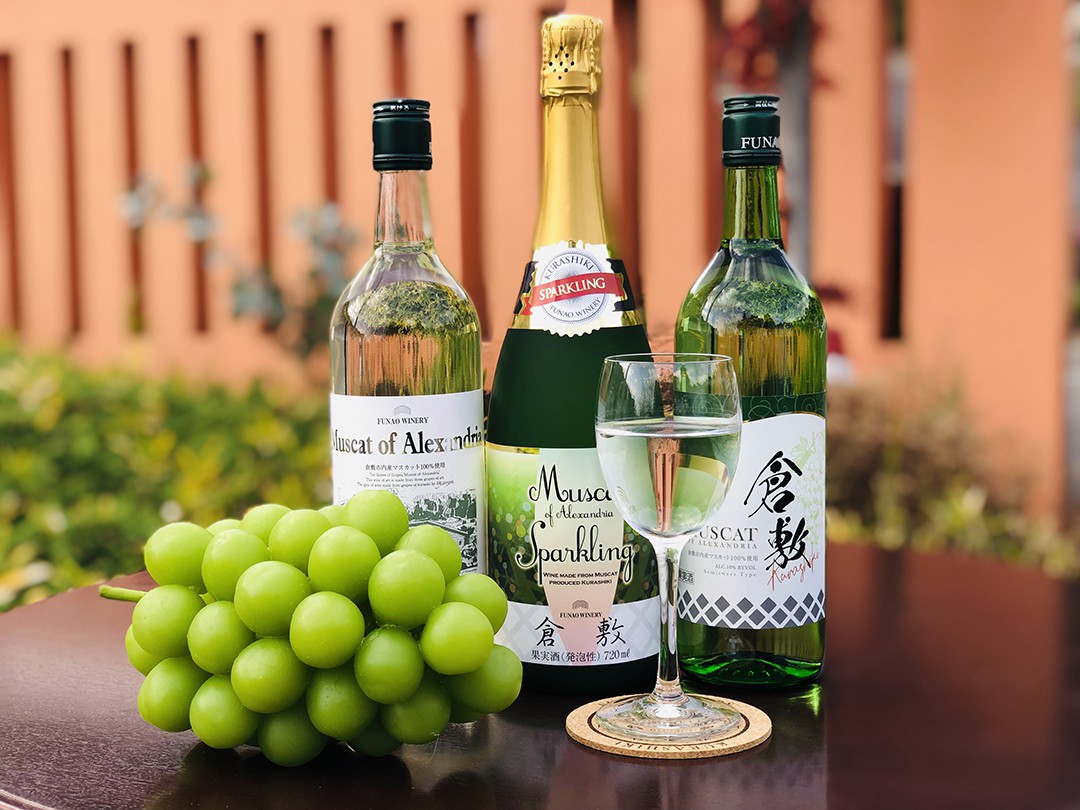
Located on the west bank of the Takahashi River, Funao is surrounded by rivers with rapid streams.
Thanks to its warm climate and abundant water, fruits and flowers have been cultivated in the area.
The production of muscat wine and farming colorful sweet pea and fruits such as pione grapes are flourishing.
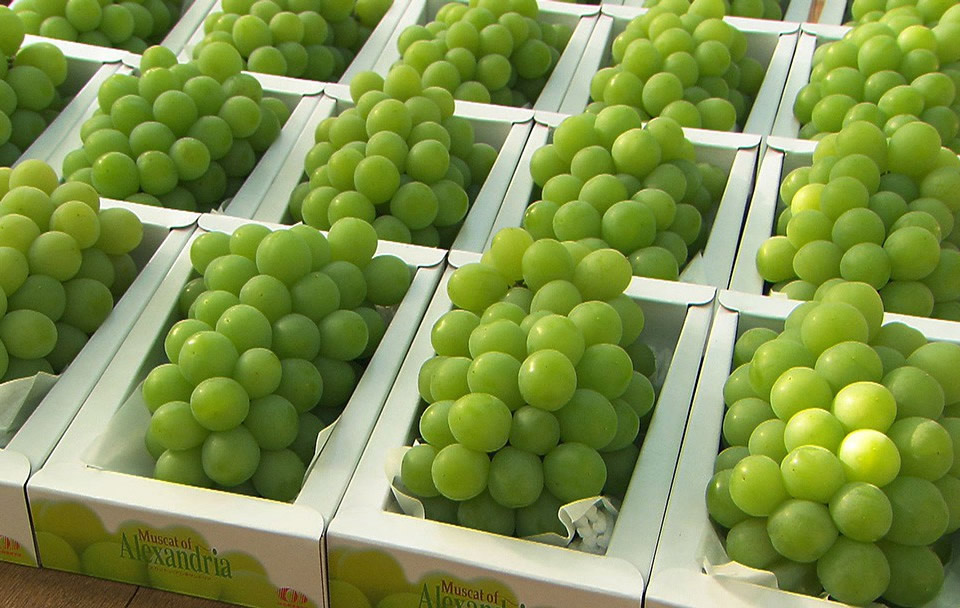
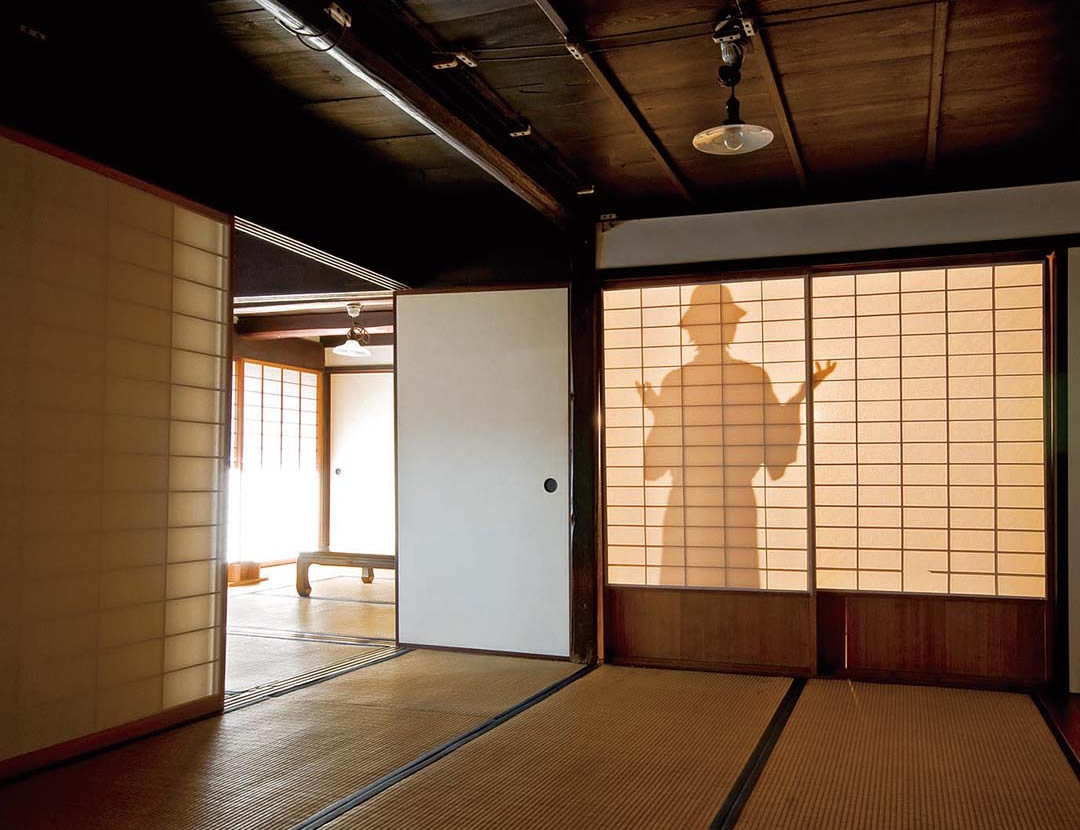
Mabi is a town associated with “Kibi no Makibi,” a great person in the Nara Period, and a writer, Yokomizo Seishi, created the famous detective, “Kindaichi Kosuke,” there.
When you follow the trace of history and literature in the idyllic landscape of the bamboo grove and countryside, you can feel the distinctive charm of this land.
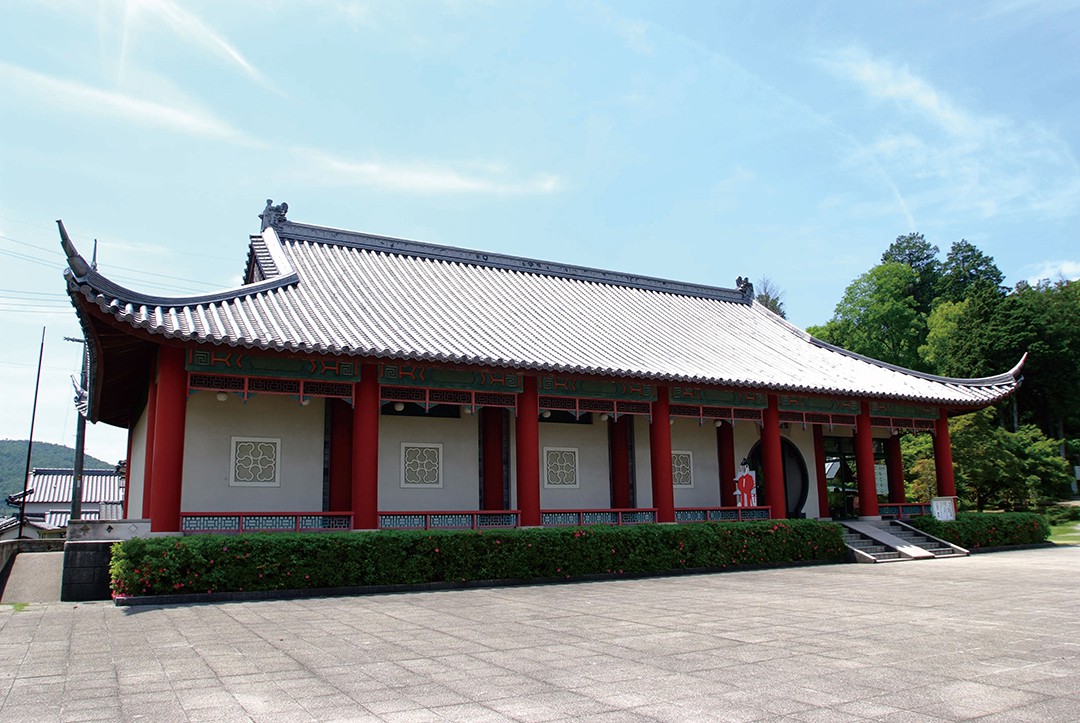
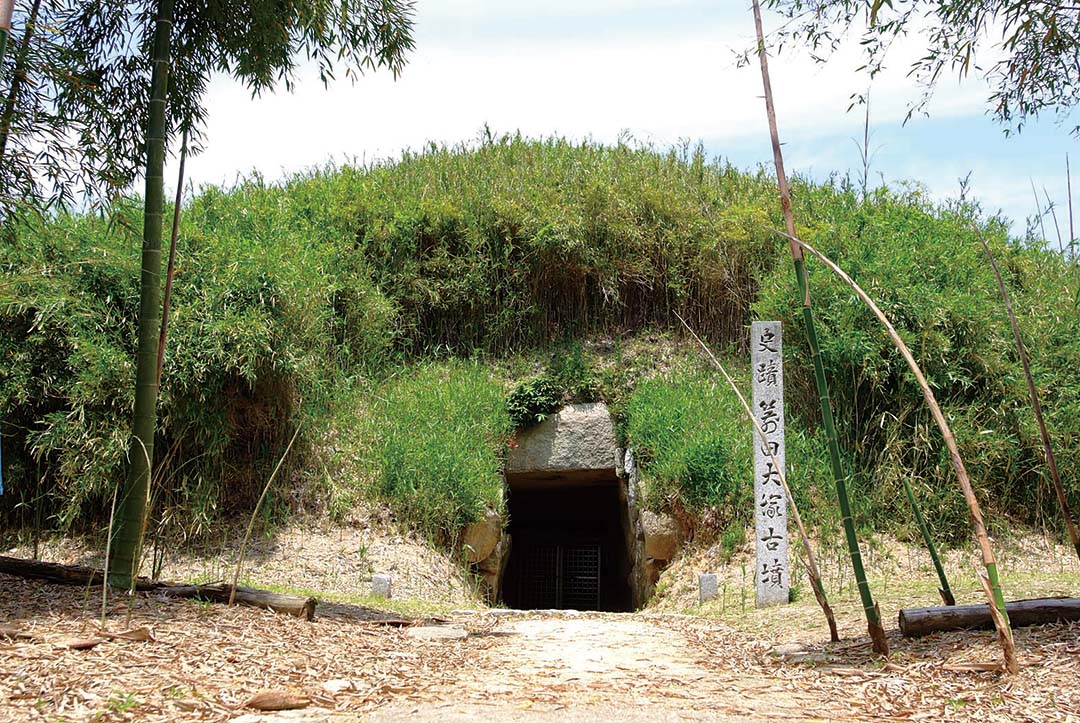
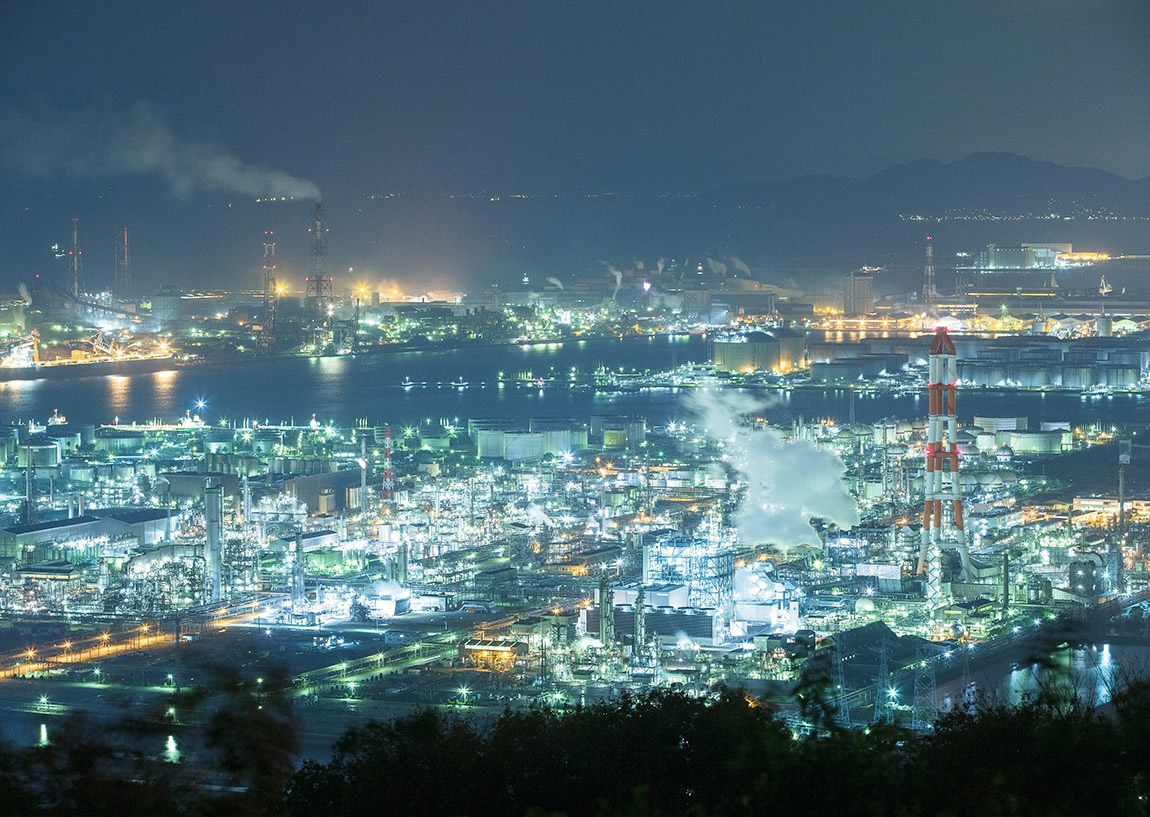
Full-scale industrialization was promoted after the Second World War in Mizushima. Many companies have built the factories, making it one of Japan’s leading coastal industrial areas, the Mizushima Industrial Complex.
The night view created by the factories has been registered as a “Night View Heritage of Japan.”
